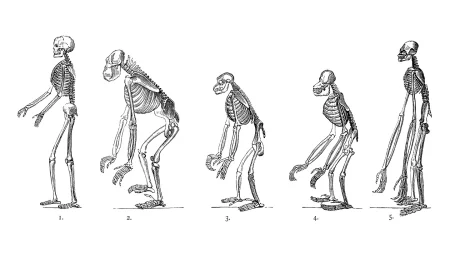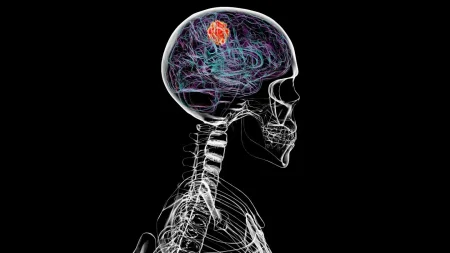OpenFold3: Democratizing AI for Protein-Drug Interactions
A groundbreaking open-source AI model called OpenFold3 has emerged, lifting the veil on how proteins interact with molecules crucial for drug development. Launched on October 28, this model represents a remarkable achievement by a consortium led by Mohammed AlQuraishi at Columbia University who painstakingly reconstructed Google DeepMind’s AlphaFold3. While AlphaFold3’s use was restricted to non-commercial applications, OpenFold3 breaks down these barriers, allowing companies and researchers to freely apply this technology for commercial purposes including pharmaceutical development. This democratization of powerful AI tools marks a significant step forward in making cutting-edge research accessible to the broader scientific community.
Understanding protein interactions with small molecules is fundamental to drug design because it reflects how biology actually functions. As Woody Sherman, founder of Psivant Therapeutics and chair of the OpenFold executive committee, explains, “Biology is not proteins in isolation. It’s biomolecules interacting with each other.” Proteins serve as essential workhorses in our bodies, with their functionality largely determined by their three-dimensional shape. While AlphaFold2 (whose creators shared the 2024 Nobel Prize in Chemistry) successfully predicted isolated protein structures, AlphaFold3 took things further by modeling how proteins interact with other molecules, including potential drugs.
The development of OpenFold3 was partly spurred by concerns within the scientific community about transparency. When DeepMind initially kept AlphaFold3’s code closed, hundreds of scientists signed a petition calling for greater openness. Stephanie Wankowicz, a computational structural biologist at Vanderbilt University who co-authored the petition, emphasized the importance of having access to the underlying code: “It’s hard to evaluate a computational product without seeing the raw information.” This transparency allows researchers to properly assess the model’s accuracy, understand its limitations, and identify areas for improvement. The reconstruction of AlphaFold2 previously revealed that rather than learning protein folding principles from scratch, the AI actually memorizes structures it has encountered before and applies this knowledge to similar proteins.
Creating an accurate reproduction of AlphaFold3 proved challenging because of subtle technical details that weren’t explicitly documented. According to Sherman, “Nobody’s specifying that, but details matter, especially when you’re dealing with the large models and with lots of data.” Despite the OpenFold3 team’s best efforts, some differences remain between their model and the original AlphaFold3. The team also recognizes the biological limitations of current approaches—in living cells, proteins exist in dynamic environments with water and ions, constantly moving and changing. Future versions of OpenFold3 aim to incorporate these elements to better reflect natural conditions.
Even before its official release, pharmaceutical companies recognized OpenFold3’s potential value. Five companies formed the Federated OpenFold3 Initiative to enhance the model using proprietary data while maintaining corporate confidentiality. This collaboration, announced on October 1 by Berlin-based platform company Apheris, addresses a significant limitation in publicly available training data. Robin Röhm, Apheris’s co-founder and CEO, notes that only about 2 percent of publicly available protein structures are paired with drug-like molecules, whereas pharmaceutical companies have thousands of such examples in their databases.
The federation employs an innovative approach to knowledge sharing. Each participating company trains its own version of OpenFold3 on 4,000 to 8,000 proprietary protein-drug pairs. Apheris then aggregates these individually trained models into a centralized version that benefits from the collective knowledge without exposing the underlying proprietary data. This global model is then returned to each company for further refinement in an iterative process that continually improves the system’s predictive capabilities.
Despite this progress, Sherman tempers expectations about immediate breakthroughs in drug discovery. He characterizes OpenFold3 as “a starting point” in an evolutionary process. “It’s going to be the next stage, and the next stage and the next stage that are where we’re really going to start seeing that meaningful impact on drug discovery.” This realistic perspective acknowledges that while OpenFold3 represents a significant advancement in our ability to model protein-drug interactions, translating these computational insights into effective medicines requires continued refinement and integration with other drug development approaches. Nevertheless, by making this powerful technology widely available, OpenFold3 has democratized an important tool that could accelerate pharmaceutical innovation in the years to come.














